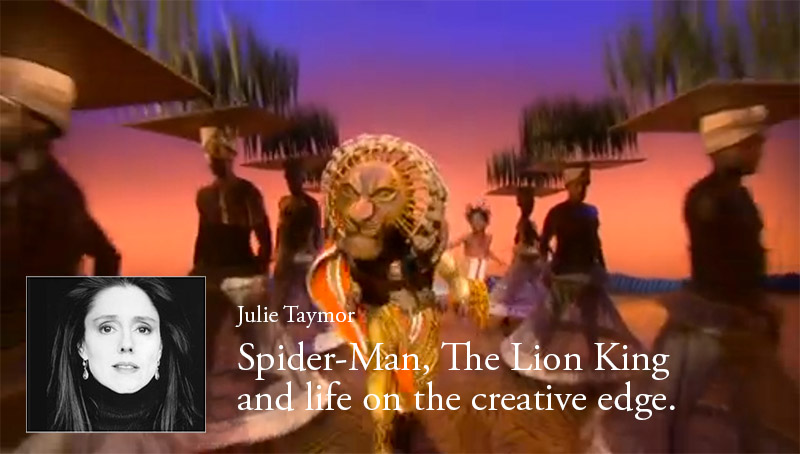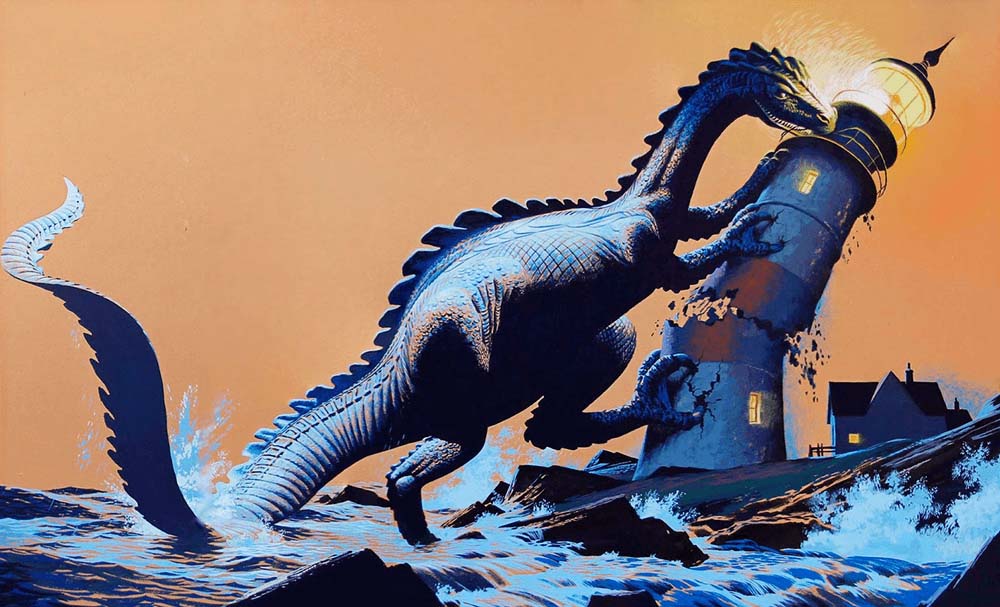|
Last week, we took a look at the map. This week, I thought you might like to see how the cover went from a few rough ideas to Elisabeth's final painting. Check out more of Elisabeth's book cover designs on her website.
I thought you might like to see this slideshow. Here's how we went from my rough idea for a map to Elisabeth Alba's final artwork. She's amazing. Want to see more maps of faraway places? Elisabeth has drawn a bunch! Check them out at her website.
I just started Neil Gaiman's The Graveyard Book. It has such a great first line, I went back and checked the first lines of some other books I love. If these first lines make you want to read more, get the book!
There was a hand in the darkness, and it held a knife. Graveyard Book, by Neil Gaiman On a cool Monday morning in early April 1925, Ida Bidson, aged fourteen, carefully guided her family’s battered Model T Ford along a narrow, twisting dirt road in Elk Valley, Colorado. The Secret School, by Avi In 1864 Caddy Woodlawn was eleven, and as wild a little tomboy as ever ran the woods of western Wisconsin. Caddy Woodlawn, by Carol Ryrie Brink Mr. and Mrs. Dursley of number four, Privet Drive, were proud to say that they were perfectly normal, thank you very much. Harry Potter and the Sorcerer’s Stone, by J. K. Rowling. Here is Edward Bear, coming downstairs now, bump, bump, bump, on the back of his head, behind Christopher Robin. Winnie the Pooh, by A. A. Milne Fifty years before the war to end all wars, a boy played hide-and-seek with his friends in a pear orchard bordered by a dark forest. Echo, by Pam Munoz Ryan There was once a little princess who — “But, Mr. Author, why do you always write about princesses?" The Princess and the Goblin, by George MacDonald Out there in the cold water, far from land, we waited every night for the coming of the fog, and it came, and we oiled the brass machinery and lit the fog light up in the stone tower. The Fog Horn, by Ray Bradbury “Eh, Tree-ear!” Have you hungered well today?” Crane-man called out as Tree-ear drew near the bridge. A Single Shard, by Linda Sue Park In a hole in the ground, there lived a hobbit. The Hobbit, by J. R. R. Tolkein In 1899, we had learned to tame the darkness but not the Texas heat. The Evolution of Calpurnia Tate, by Jacqueline Kelly Oh, didn’t I feel sorry for myself when the Wabash Railroad’s Blue Bird train steamed into Grandma’s town. A Year Down Under, by Richard Peck It was always August when we spent a week with our grandma. A Long Way from Chicago, by Richard Peck Coraline discovered the door a little while after they moved into the house. Coraline, by Neil Gaiman In the Tickman kitchen, late on a summer afternoon... Flora and Ulysses, by Kate DiCamillo The tropical rain fell in drenching sheets, hammering the corrugated roof of the clinic building, roaring down the metal gutters, splashing on the ground in a torrent. Jurassic Park, by Michael Crichton So Mom got the postcard today. When You Reach Me, by Rebecca Stead The movement of the train rocked me like a lullaby. Moon Over Manifest, by Clare Vanderpool In was Old Bess, the Wise Woman of the village, who first suspected that the baby at her daughter’s house was a changeling. Moor Child, by Eloise McGraw I'm starting to get into TED talks (TED stands for Technology, Education and Design). Here's a talk by Julie Taymor, one of the creators of the Lion King on stage, my favorite musical of all time.
In the video below, she talks about the challenges of doing anything creative, and how sometimes you have to just look at the line in front of you and keep moving. There are a few graphic images in the video, but it's a great talk. In my June 29th post, I reviewed The Beast From 20,000 Fathoms. I mentioned that the movie was based on The Fog Horn, a short story by Ray Bradbury. Today I read The Fog Horn, and I enjoyed it. The story takes place in a lighthouse. On a foggy night, Mcdunn and Johnny see something moving in the fog. When the fog horn moans its warning, something answers from “the deepest Deeps.” The story gets more exiting from there. You can find the The Fog Horn in the collection, The Vintage Bradbury. The story was first published in the Saturday Evening Post (1951). Here’s the original illustration from the magazine. And heres an image from The Beast From 20,000 Fathoms. You can see the similarities! Read the story. It’s a lot of fun.
Today, June 29th, is Ray Harryhausen’s birthday! To celebrate I watched The Beast from 20,000 Fathoms. This is the first movie in which Ray did the animations all by himself. The story was inspired by The Fog Horn, written by his old friend, Ray Bradbury. The beast is actually a dinosaur called the Rhedosaurus that was frozen in ice for over 100 million years. I thought it was interesting that when the Rhedosaurus ate a policeman, it looked a lot like the T-Rex eating Gennaro in Jurassic Park. Steven Spielberg is a big Harryhausen fan. My favorite part is the ending. The Rhedosaurus is destroying an amusement park. The hero scientist and a sniper ride to the top of a roller coaster to get a clear shot. I wanted them to miss. In 1953, it cost $210,000 dollars to make The Beast from 20,000 Fathoms, which is a fraction of what a monster movie would cost today. Here a link to a little documentary about the making of this classic. |
Nara DuffieTeen fantasy novelist and TEDx speaker. I love nature, books, movies, origami, singing, cooking, knitting, roller coasters, dogs, and a lot of other things. Archives
July 2016
Categories
All
|
| Nara Duffie: The Monster Realm |





 RSS Feed
RSS Feed
